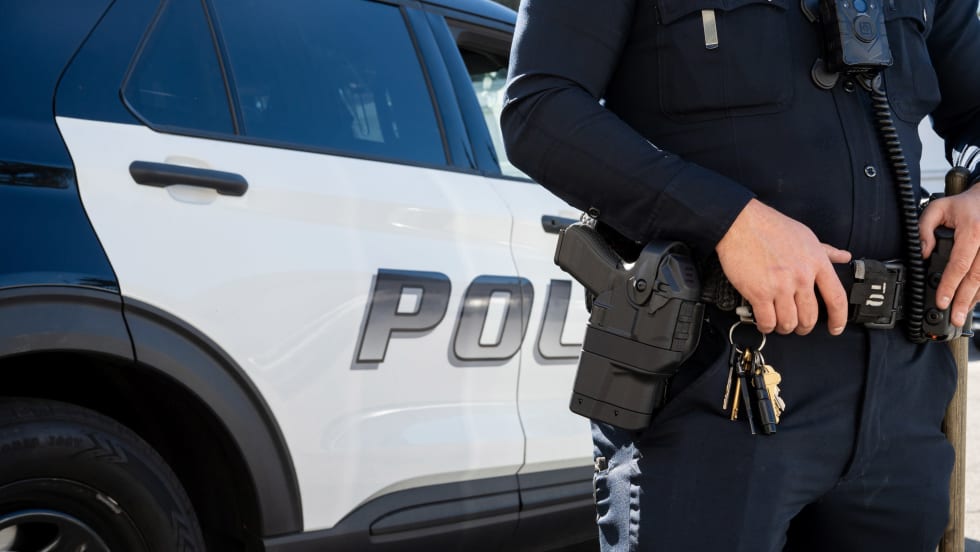Fool-Proof Sample Taking
The first prototype of the Hands-Off Sampler Gun was completed in 2004. The data recorded at the scene is stored on a wi-fi enabled Pocket PC that is embedded into the Sampler gun. The data can be downloaded at a later time to a desktop computer. The PC can also be used to wirelessly download maps, instructions, intra-team communications and blueprints to sample collectors to improve efficiency and situational awareness.
Staab also designed the Hands-Off Sampler Gun to include a digital camera that can take still shots or video; a digital voice recorder; a bar code reader; a cryptographic key reader for user authentication and encryption, a sonar sensor for measuring distance; a temperature probe; GPS capabilities; an SD memory card reader and an electronic compass. The design also included voice recognition sensors, which allows users to voice commands to the system, thus, minimizing contact with the device and lessening the possibility of contaminating it.
The Sampler Gun was also designed so that biological, chemical, and radiological sensors can be integrated into the device to provide sample identification capabilities for instant feedback.
Additionally, the Sampler Gun stores its multi-media field information in a non-proprietary data format using eXtenable Markup Language (XML). This allows all federal, state, and/or local government agencies involved with the sampling process to easily share and store the information while using their own proprietary database systems. "Rather than engineering a device that spits out 10 different data formats, we came up with a generic one that everyone can read easily and can map into their own data bases if they want to," said Staab.











